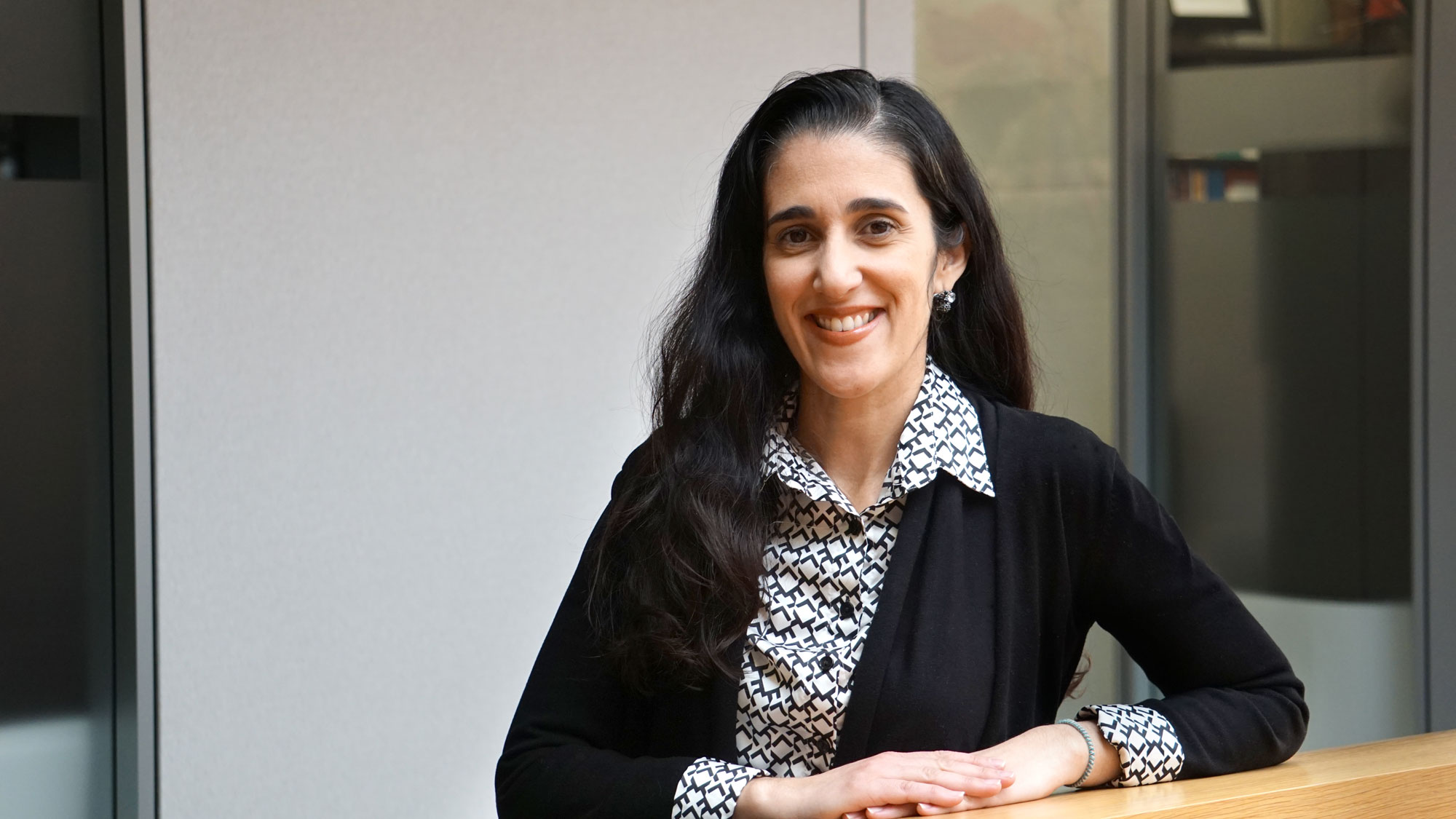
Dr. Fabiana Almeida
Dr. Fabiana Almeida recently published her study Dento-osseous anomalies in patients with familial adenomatous polyposis (FAP), in conjunction with researchers in Brazil. This study spanned almost 10 years and was the first longitudinal study investigating dento-osseous anomalies of the disease in a Brazilian population.
FAP, also known as Gardner Syndrome, predisposes one to colorectal cancer. Patients have intestinal polyps that will progress to malignance around the third decade of life and the early diagnosis of the disease is essential for cancer prevention.
Patients with FAP can present dental and osseous jaw anomalies (such as supernumerary teeth, odontomas, osteomas, dense bone islands) in childhood, before the development of polyps. Thus, the anomalies may be an indicator for early diagnosis of the disease
The study followed 33 patients (including children) from families with FAP. Dento-osseous anomalies were identified in ten of the eleven patients with the diagnose of the disease. Also, the follow-up showed an increase of the lesions during the puberty.
Today, FAP disease is often diagnosed by colonoscopy usually done at age 18, which could be too late for the patient. Almeida says, “What’s important to know is that dentists can play an important role in the screening of dento-osseous anomalies through dental radiographs, which can contribute to the early diagnosis of a serious disease, thereby saving lives.”
When a patient is found with the FAP-related dento-osseous lesions, dentists can talk about family history of intestinal polyps or colorectal cancer and refer the patient to the family doctor for further investigation.
The researchers also investigated the gene mutation associated with the disease. Using DNA samples collected via saliva, they found a mutation not described in the literature. The group hopes to collaborate with researchers in other locations for further investigation focusing on longitudinal monitoring of dento-osseous anomalies and its association with gene mutation